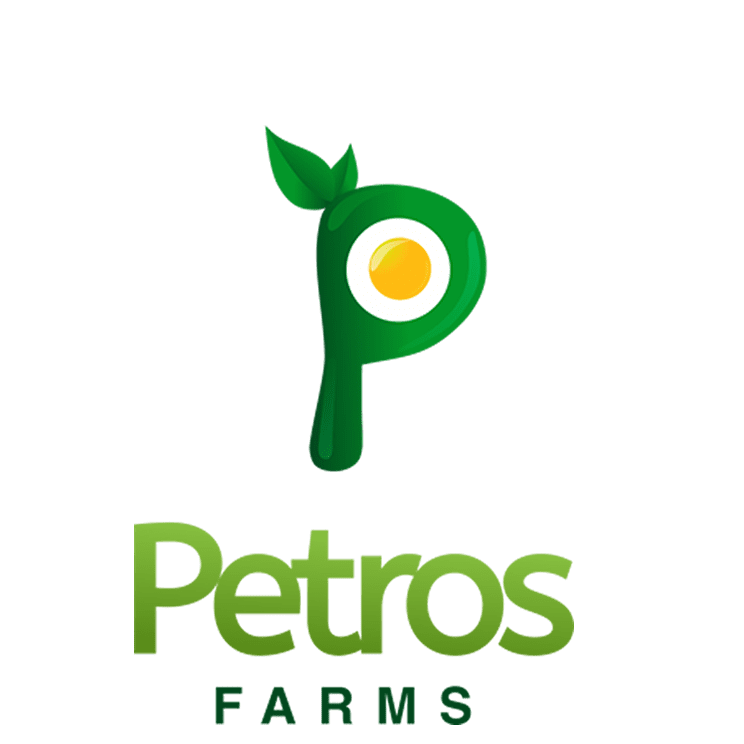11 Feb How To Maximize Egg Production With 4 Feeding Techniques
In the heart of Africa, where resources can be tight, nailing the right chicken feeding techniques becomes the key to unlocking poultry success. Today, we’re not just talking about what we feed our hens but when and how we feed them—because timing matters.
Introduction:
Proper feeding techniques are crucial for maximizing egg production in chickens. One of the key factors contributing to strong eggshells and healthy hens is calcium. To ensure our hens lay eggs until they’re 100 weeks old (persistency in lay) without depleting calcium from their bones, we’ve mastered the art of timing their calcium intake. In this article, we will explore the top four feeding techniques that will help you achieve maximum egg production and maintain the health of your hens.
Natural Daylight Feeding
Feeding chickens according to natural daylight patterns can significantly impact their egg production. Our feeding schedule consists of providing 40% of their total daily feed at 6.30 am and the remaining 60% at 2.30 pm or 4.00 pm. By ensuring that most meals are consumed before bedtime, we safeguard strong bones and cracking eggshells. This feeding technique applies to both pre lay feed and layer feed.
Timing plays a crucial role in this feeding technique as consuming meals before bedtime allows for better digestion and nutrient absorption overnight. It also ensures that the hens have enough energy to lay eggs consistently. By aligning their feeding schedule with natural daylight, we mimic the natural rhythm of their internal clock, promoting optimal egg production.
Grower Feed
When our little chicks are in the growing stage, we adapt their feeding schedule to enhance their development and optimize their nutrient intake during daylight hours. We provide them with 70% of their feed at sunrise and the remaining 30% at 3.30 pm. This tailored feeding schedule allows for maximum growth potential and optimal utilization of the feed.
Understanding the growth needs of chicks is essential for determining the appropriate feeding schedule. During daylight hours, chicks are more active and have a higher metabolic rate, requiring a consistent supply of nutrients. By providing them with the majority of their feed at sunrise, we ensure that they have ample energy and nutrients to support their growth throughout the day.
Pre Lay Feed
The pre lay period is a crucial time for hens as they prepare their bodies for egg production. To support their nutritional needs during this phase, we implement a specific feeding technique. Under the natural daylight protocol, we feed the hens 40% of their total feed at 6.30 am and the remaining 60% at 2.30 pm.
During the pre lay period, hens require additional nutrients to develop strong eggshells and maintain their overall health. This feeding technique ensures that they receive the necessary nutrition to meet these requirements. By timing their feed intake, we promote optimal egg production and decrease the risk of nutrient deficiencies.
Beating the Heat with Pellets
During periods of heat stress, chickens often experience reduced appetite and increased water intake. To combat this, we switch from layer mash to pellets in their feeding strategy. Pellets have a higher nutritional density and are easier for the hens to consume, ensuring they receive the necessary nutrients despite their reduced appetite.
Adapting our feeding strategy to combat heat stress is crucial for maintaining the health and productivity of our hens. By providing them with pellets, we ensure they receive the essential nutrients required for sustained egg production. This proactive approach allows the hens to cope with the heat while minimizing the negative impact on their overall performance.
Conclusion
Maximizing egg production requires careful attention to feeding techniques. By implementing the natural daylight feeding schedule, ensuring proper nutrition during the pre lay period, and adjusting the feed format during heat stress, we can optimize the persistency in lay of our hens for up to 100 weeks of age. Proper timing, type, and quantity of feed are essential factors in achieving maximum egg production.
As poultry farmers, it is crucial to prioritize the health and well being of our hens by providing them with the nutrition they need. By following these top four feeding techniques, you can unlock the full potential of your flock and maximize egg production. Remember, timing matters, and a well fed hen is a happy and productive hen. Implement these techniques and watch your poultry success soar!
Note: If you found this article informative and valuable, make sure to share it with other poultry farmers looking to maximize their egg production and poultry success.
Cheers.
Petros Farms
Share with:
